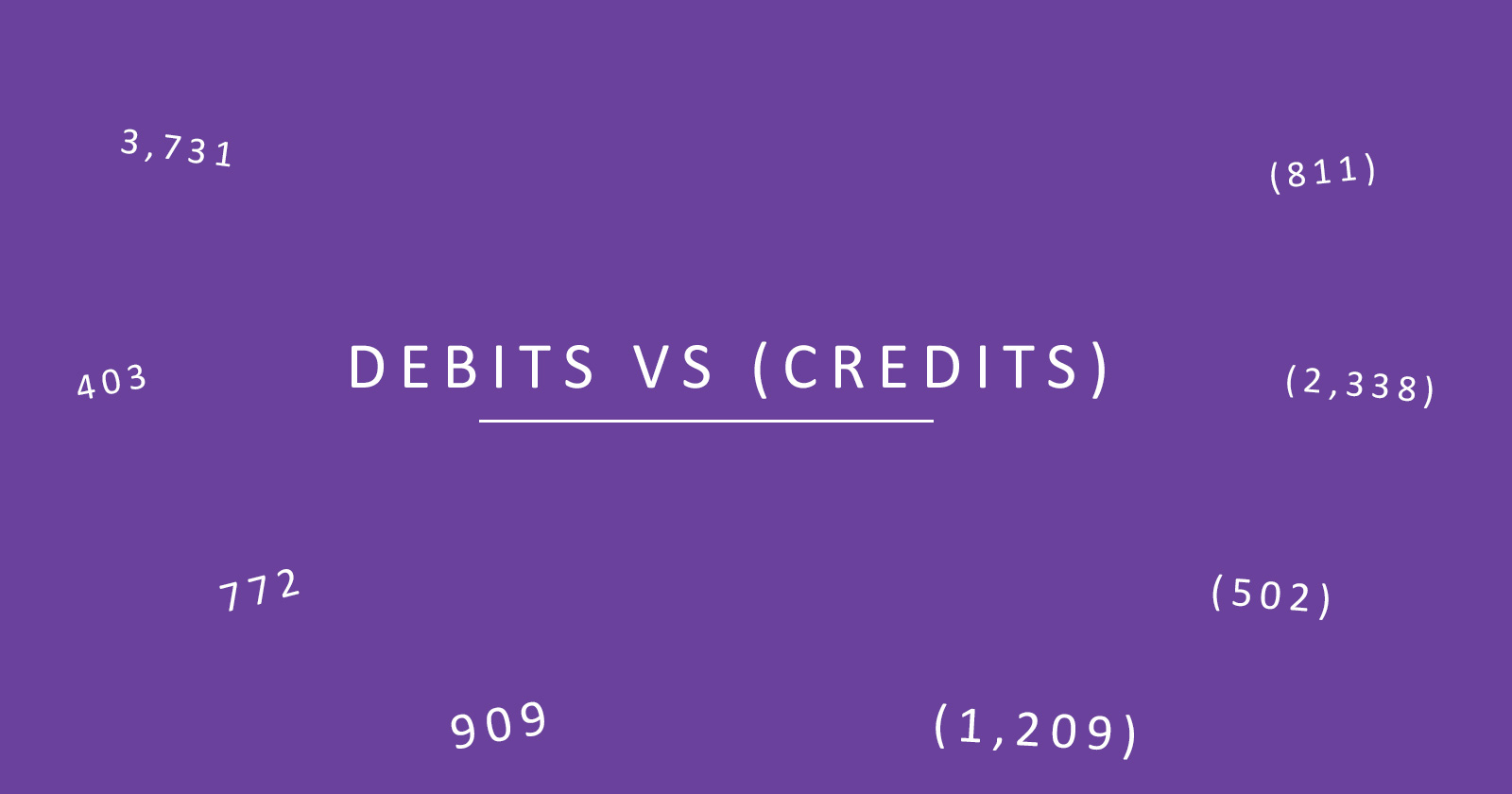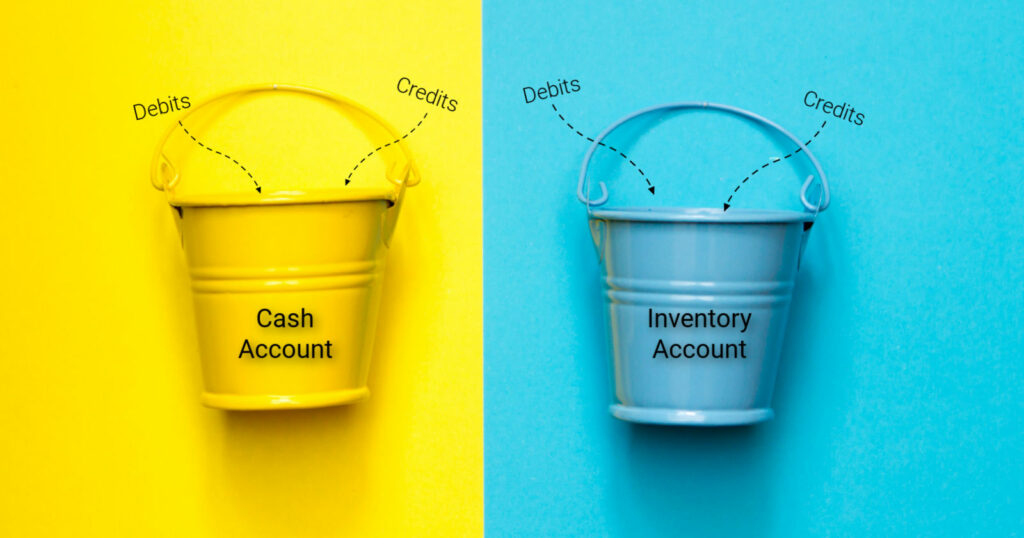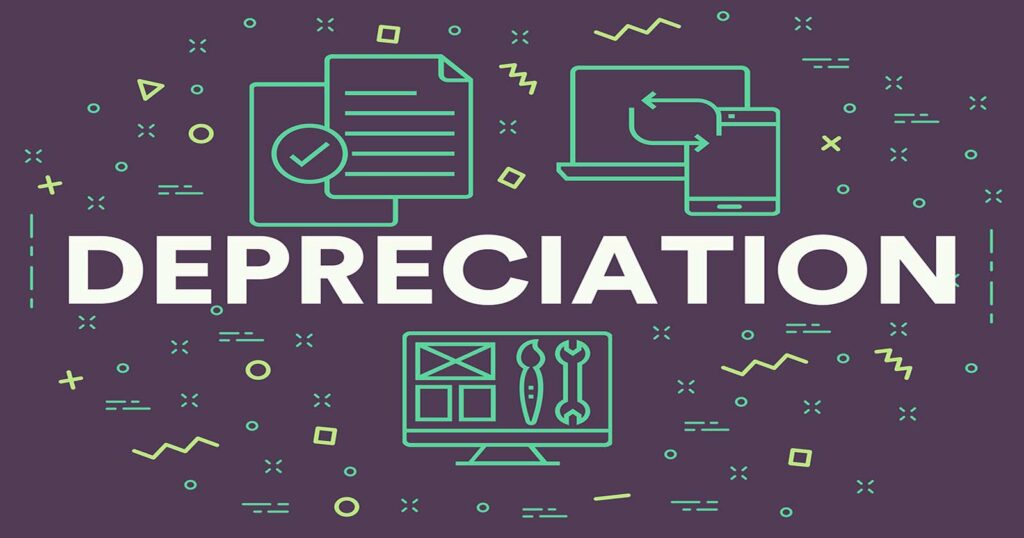Many people starting out learning accounting get mixed up with their debits and credits. We get it, if you are new, it can be super confusing. Luckily there is an easy way to keep it straight at an account level. This is where T accounts come in handy. We will look at what T accounts are and how to use them so you can grasp accounting easier.
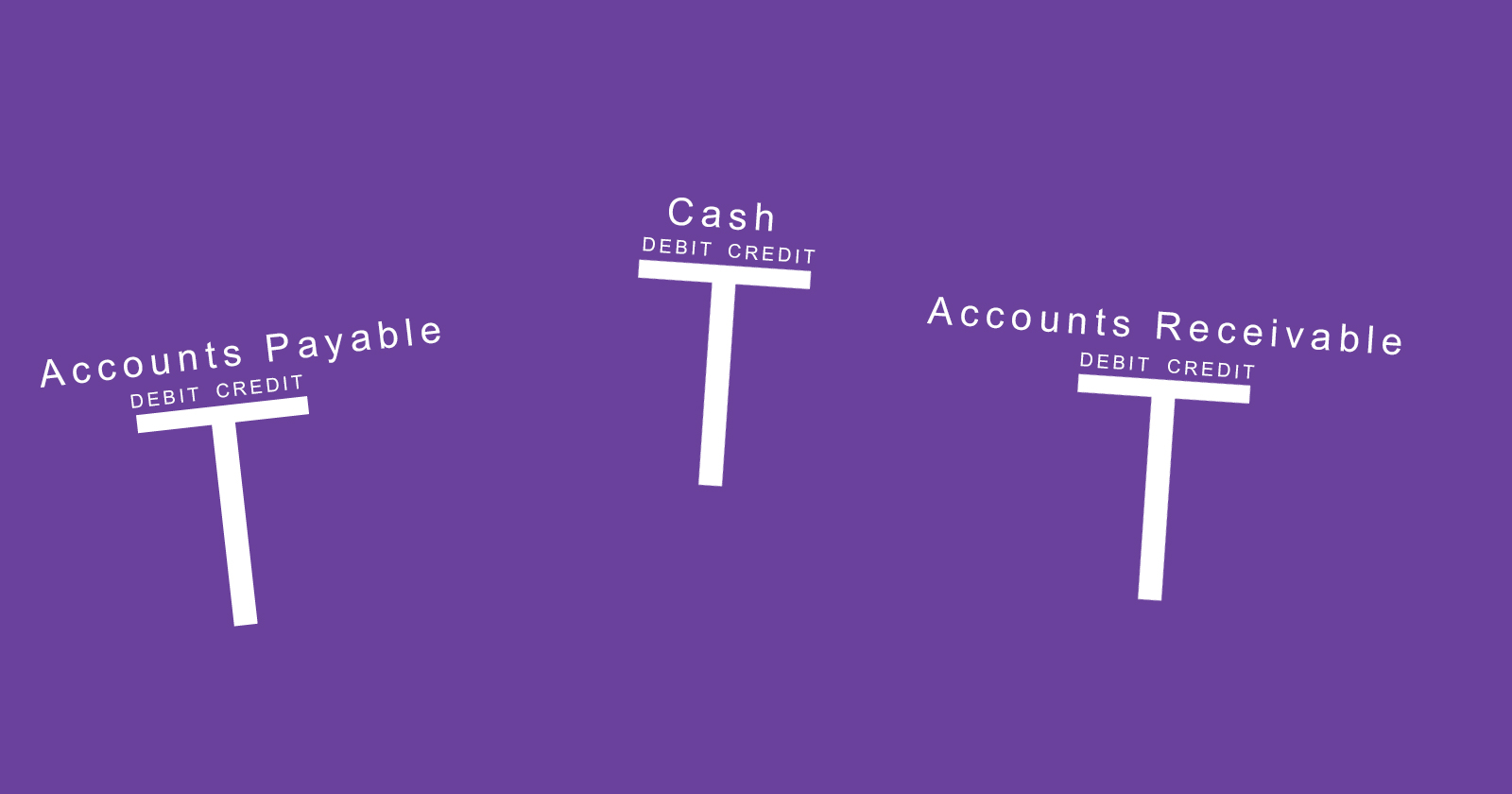
A Few Useful Things to Know Before we Jump into T Accounts
We’re going to look at T accounts but before that, let’s lay out some of the terminologies you might come across so you can grasp T accounts better.
The first term you’ll want to know is the general ledger. This is where all transactions are stored. Think of it like a record book for the transactions.
The second term is a refresher – accounts. What are accounting accounts? Essentially an accounting account is where all the transactions roll up for a group of items. For example, all of the equipment transactions may roll up into an account called Property, Plant & Equipment (“PP&E”) on the balance sheet.
So then, how is a T account different? This is where our third term comes in, the T account. Imagine just drawing a “T” on your scratch piece of paper. Your debits go on the left, credits on the right side and the line down the middle separates them. A T account visually shows the transactions in an account.
Keeping your Debits and Credits Straight in T Accounts
A common phrase in all accounting 101 classes is “dealer”. Knowing what dealer means in accounting can save you a bit of a headache. Here’s why:
Dealer stands for: Dividends+ Expenses+ Assets = Liabilities + Owner’s Equity + Revenue
Dividends, Expenses and Assets all act in the same way. A debit increases them and a credit decreases them.
Liabilities, Owner’s Equity and Revenue act in the opposite of them. A credit increases these accounts and a debit decreases them.
This is all going to help when looking at a T account if you remember the phrase dealer. Put your dividends, expenses and assets on the left of the T account to increase them. Liabilities, Owner’s Equity and Revenue go on the right to increase them. The opposite applies to decrease the accounts.
Need Help with T Accounts?
Download our FREE T Accounts Cheat Sheet now.

By subscribing, you are agreeing to join the Learn Accounting Skills newsletter.
What is a T Account in Accounting?
Now that we established a T account is a visual representation of an account, most people wonder if they can do this for any account.
It’s true that you can make a T account for any account but let’s take an account like cash. Cash normally has a debit balance since it is an asset. If you were to get cash coming in, you would add it to the debit side of the “T” account. If your business is paying money out, then you would subtract to the credit side.
A “T” account is a basic way to account for transactions within an account. The total of all those is the account balance.
This is a key point. Adding all the transactions together will give you the account balance. For example, if you add $1,000 of cash coming in (a debit), with $500 cash going out (a credit). You will have a debit cash balance of $500. The “balance” of $500 is the same thing as the total.
Since cash is an asset, your debits go on the left and credits on the right.
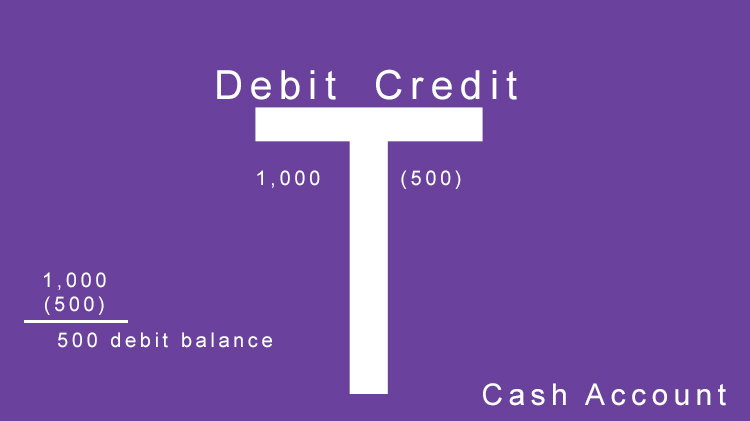
Why are T Accounts Used?
The main reason T accounts are used is so accountants can see the different debits and credits that go into an account and make up the balance. The visual representation can be easier for beginners than just putting them straight in a line.
While you are in a course like accounting basics, T accounts are a fantastic way to grasp the debits and credits visually.
Working Out An Example of T Accounts
Let’s say you want to account for the activities of Busy Bee Bakery and for the example’s sake, they have $500 in their cash account. Here are the following transactions.
- Busy Bee’s owner buys an oven for $300 cash.
- The owner spends $50 on baking supplies on account.
- The owner sells $100 of brownies to Speedy’s Accounting Firm.
- $25 of baking supplies was used to make the brownies.
Pause here and see if you can work out this problem using T accounts.
Okay, for the first transaction, there will need to be a credit to the Cash T account for $300 and a debit to an equipment T account for $300.
The second transaction will credit the accounts payable T account for $50 and debit the supplies account for $50. On account is saying that the supplies will be paid for later and that is why we increase accounts payable with a liability.
The third transaction increases revenue by a credit of $100 and there is an increase to cash with a debit of $100.
Finally, we credit supplies for $25 and debit a cost of sales T account for $25.
Congrats, if you got through that, you are going to be doing pretty well with T accounts.
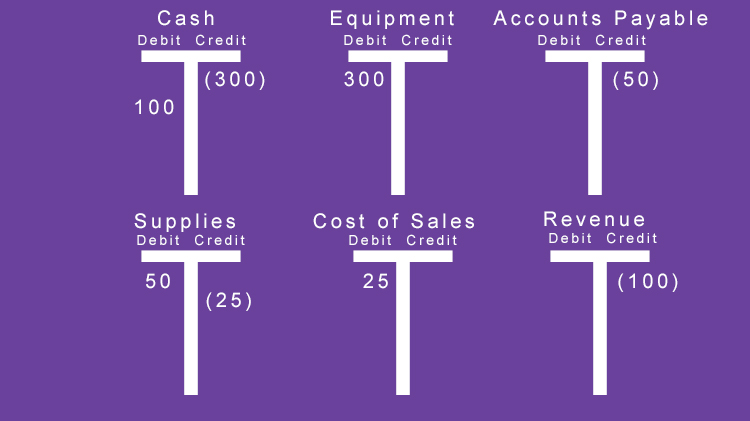
Let’s Recap T Accounts
- T accounts are used by accountants to show the debits and credits visually in an account.
- An account is where all the transactions for one specific area are rolled up into like the Cash account
- All the transactions are shown on a general ledger. The general ledger is the record of all transactions for a business.
Final Thoughts on T Accounts
When starting out in accounting, T accounts can help you make sense of transactions in an account. It is one of the best ways to keep debits and credits straight, visually. Next we are going to build off what we have just learned and look at the normal balances of accounts in accounting.

